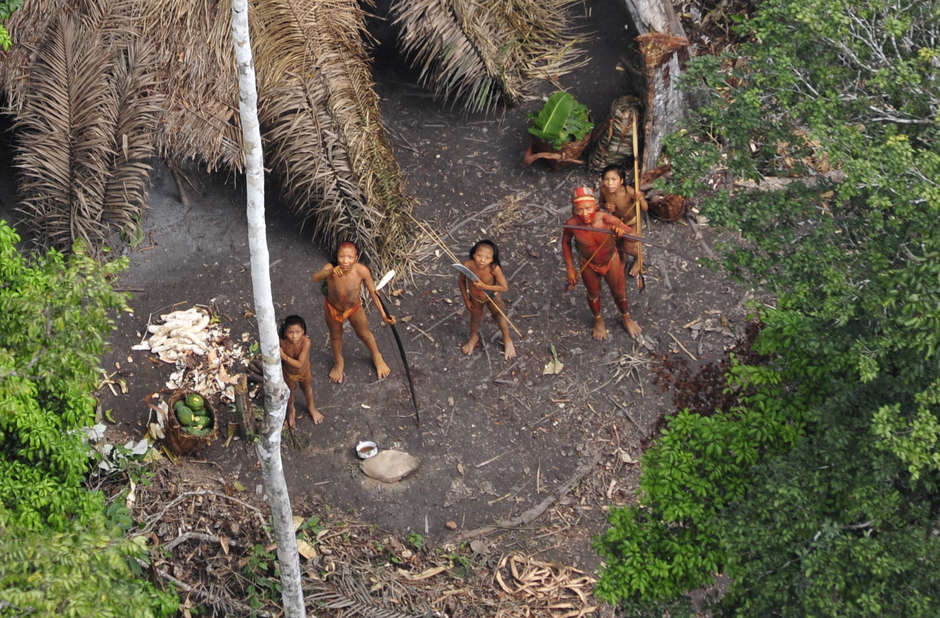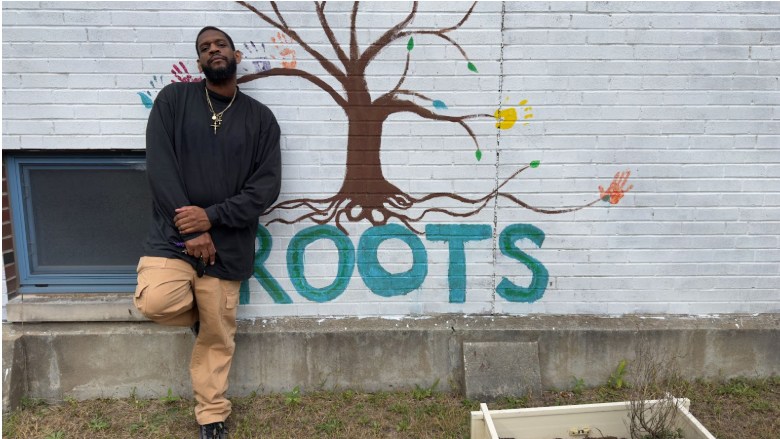The Amazon rainforest, often referred to as the “lungs of the Earth,” is not only a biodiversity landmark but also home to several indigenous tribes that have remained uncontacted for many years by the outside world.
These isolated tribes are living relics of humanity’s ancient past and represent a unique and invaluable cultural heritage. In this article, we will delve into the fascinating world of uncontacted Amazon tribes, exploring their way of life, the challenges they face, and the importance of preserving their existence.
Uncontacted tribes are groups of people who have intentionally avoided contact with mainstream society and remain isolated in the deep, dense Amazon rainforest. Estimates suggest that there are around 100 uncontacted tribes in the Amazon basin, with varying degrees of isolation.
These tribes live in remote and inaccessible regions, relying on traditional hunting, gathering, and agriculture techniques for their survival. Their existence has intrigued anthropologists, conservationists, and curious individuals for decades, sparking questions about their culture, language, and customs.
Uncontacted tribes offer a unique window into our shared human history. They provide insights into ancient customs, languages, and survival strategies that have been largely lost or altered in the modern world. Preserving their cultural diversity is essential not only for anthropological understanding but also for respecting the rights of indigenous peoples.
Despite their isolation, uncontacted tribes face numerous threats that endanger their way of life and survival. Some of the most significant challenges they encounter include:
Violence and Exploitation: Uncontacted tribes are at risk of violence and exploitation from illegal loggers, poachers, and other intruders who may seek to exploit their resources or land.
Efforts to protect uncontacted tribes and their habitats have gained momentum in recent years. Various organizations, governments, and indigenous rights advocates work together to: Establish Reserves: Creating protected reserves and territories for uncontacted tribes helps shield them from external threats and provides a safe space for them to continue their traditional way of life.





















